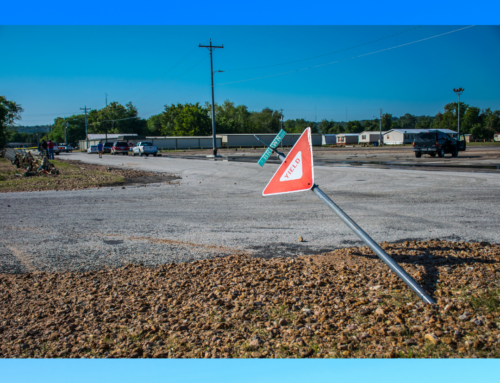by Lisa Stoddard
It’s so difficult to get our collective “head” around the issue of reducing poverty because it’s such a complex issue. One of the ways that we began to develop a better understanding of the complexity of the issue of poverty was by trying to think of our work in terms of how it applies to the four areas into which a vast majority of the research about poverty falls. After surveying all of the poverty-related research out there, aha! Process found that there were really four major causes of poverty. In Bridges Out of Poverty those causal areas are (1) behaviors of the individual, (2) human and social capital in the community, (3) exploitation, and (4) political/economic structures.
The most common area of focus among human service organizations is the first one—behaviors of the individual. At Community Action Partnership (CAP), we’ve found that just focusing on helping our program participants learn new behaviors isn’t enough. We also have to address human and social capital, issues of exploitation, and the political and economic structures that exist. One of our projects is called “Bridges to Work.” This project is focused on developing skills with both entry-level employees and their supervisors in order to increase retention and the opportunity for additional training, advancement, and income. We’ve found that we can have the greatest impact if we give entry-level employees and their supervisors a shared understanding. To that end, we use information from Getting Ahead in a Just-Gettin’-By World with entry-level workers as part of a comprehensive course to help them “do better” at work.
 Additionally, we provide a poverty simulation and Bridges training to supervisory staff. Feedback from employers is that this is an eye-opening learning experience for them. One employer described his change in mindset as moving from “what is wrong with this employee” to “let’s see what we can do to help this employee retain his job” because he now had a better understanding of the issues. Bridges is one of the tools that are allowing us to help both employees and employers develop more beneficial strategies for mutual success. CAP is changing mindsets, and these changes are impacting workers and businesses alike.
Additionally, we provide a poverty simulation and Bridges training to supervisory staff. Feedback from employers is that this is an eye-opening learning experience for them. One employer described his change in mindset as moving from “what is wrong with this employee” to “let’s see what we can do to help this employee retain his job” because he now had a better understanding of the issues. Bridges is one of the tools that are allowing us to help both employees and employers develop more beneficial strategies for mutual success. CAP is changing mindsets, and these changes are impacting workers and businesses alike.
Recently we received a letter from the human resources manager at one of the businesses that participated in a poverty simulation and Bridges Out of Poverty workshop. He said:
“We actually reconnected with a former employee at the training who we had terminated previously for poor attendance and all kinds of other issues that were creeping into the workplace. We saw the progress that she had made in this program [Bridges to Work], and after gaining a better understanding of her frame of reference at the time, we decided to give her another chance. This required overturning a ‘no rehire’ status, which we rarely, if ever, do. Since graduating this program and starting back up with us, she has been a stellar employee, and we are currently transitioning her to a team lead. We have also decided to change our long-standing policy based on this experience so that anyone who left us with a no-rehire status could come back as long as they completed this program successfully.”
Because of the complexity of the issue of poverty, our approach has to be multi-pronged and multi-dimensional. Developing a shared understanding of the issue is the first step in engaging our entire community in figuring out how to have a real impact on poverty at the local level.
Lisa Stoddard has worked in Community Action for the past 18 years, serving as the executive director of a community-based, non-profit community action agency for the last eight of those years. She has a degree in English with a secondary education emphasis from the University of Montana, is a Certified Community Action Professional (CCAP) and a Bridges Out of Poverty certified trainer.








